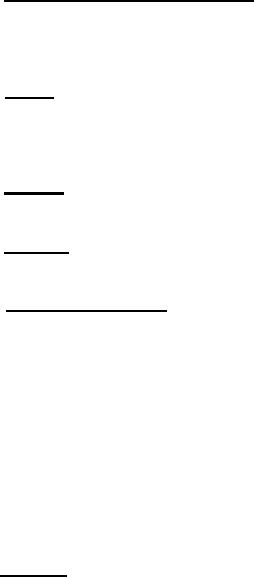 |
|||
|
Page Title:
Cockpit Entry and Safety Check. |
|
||
| ||||||||||
|
|  MIL-M-81260A(As)
aircraft required for extreme wind velocities, aircraft evacuation, etc, shall
be provided. This shall include specific wind velocities which could cause
structural damage to the aircraft. Applicable instructions for folding and un-
folding the aircraft nose, wings (including single wing fold), rotors, rudders,
and stabilizers shall be included. The following information shall be included
as applicable:
a. Cockpit Entry and Safety Check. - Instructions for
gaining access to and entering the cockpit, including information on opening
and closing canopy, ladders, step areas, etc. An illustration showing specific
items to be checked to indicate safe condition of ejection seats, canopies, etc.
b. Towing . - Instructions for towing, giving locations of
towing lugs, rings, etc. Towing instructions shall also include precautions,
such as securing of stressed access panels, permissible external stores load
while towing, aircraft turning radii, pivot point, stopping distance, etc.
c. Pushing . - Information giving push and no-push areas
and stating the number of persons required to push the aircraft shall be included.
d. Parking. - Instructions for parking the aircraft, uti-
lizing parking brakes, control locks, etc.
e. Mooring Instructions. - Instructions, procedures, and
diagrams for mooring the aircraft on standard 30-foot grid patterns and alternate,
mooring requirements to include the following conditions:
1.
When wings, tail, radome, rotor blades, etc, are
extended.
2. When wings, tail, radome, rotor blades, etc, are
folded with or without jury struts in place.
3.
When aircraft is on jacks.
4.
During high winds or seas.
f. Jacking. - Instructions shall cover location of jacking
points, pads, and methods to be used for jacking, ground-to-jack pad dimen-
sions with flat tire (s); and instructions for any shoring or other precautions that
may be necessary for safety. Instructions shall be included for jacking aircraft
with wings folded and for securing aircraft while on jacks with wings folded to
aid in checks of landing gear systems aboard aircraft carriers. Weight limita-
tion and stress door requirements shall also be included.
13
-
|
|
Privacy Statement - Press Release - Copyright Information. - Contact Us |